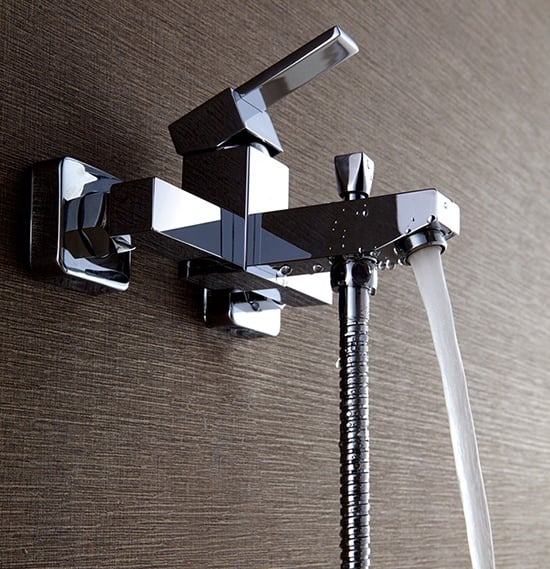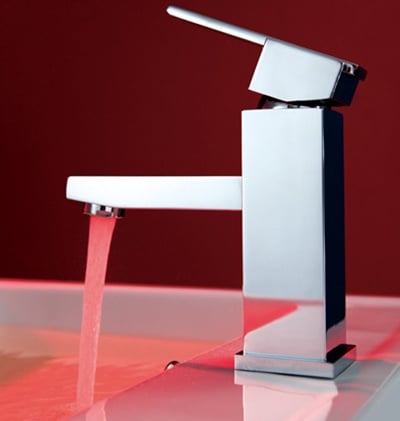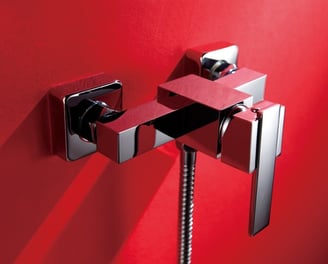Trusted Bathroom Faucets Manufacturer
Expert Chinese manufacturer delivering quality bathroom faucets at factory price.


About Konstaa
Konstaa is an emerging manufacturer of premium bathroom faucets based in China, dedicated to serving global markets. While our company is growing, our core team brings years of experience in design, production, and quality management. We’re passionate about delivering innovative products that combine style, durability, and functionality.


Why Choose Us
Expert manufacturing of high-quality bathroom faucets tailored to your needs.


Competitive Price
We offer premium bathroom faucets at highly competitive prices. By optimizing our production process, we ensure cost-effective solutions without compromising on quality, making us an excellent choice for businesses seeking value.
Reliability
At Konstaa, we prioritize dependable customer service and on-time delivery. Our transparent communication makes us a trusted partner for businesses worldwide.
Quality
We focus on high-quality materials and meticulous craftsmanship, ensuring that every faucet is durable, functional, and visually appealing. Our products meet rigorous standards for performance and reliability.
Frequently asked questions
What is the MOQ for wholesale orders?
Our minimum order quantity varies depending on the product type and customization options. Generally, the MOQ starts at 500 units. Please contact us for specific product details and bulk pricing.
What are your payment terms?
We offer flexible payment options, including T/T and L/C, with payment terms typically set at 30% deposit and 70% balance before shipment. Specific terms can be discussed based on order details.
Can I customize the design or finish of the faucets?
Yes, we offer customization options for design, finishes, and packaging. Whether you need a unique color, style, or logo, we’re happy to discuss your requirements and provide tailored solutions.
Can I visit your factory before placing an order?
We welcome customers to visit our facility to see our manufacturing process firsthand. Please schedule a visit in advance, and our team will be happy to give you a tour and discuss your needs.
What is your lead time for large orders?
The lead time typically ranges from 4 to 6 weeks, depending on the size and complexity of your order. We will provide you with a more precise timeline upon order confirmation.
Do you offer after-sales support?
Yes, we provide after-sales support to ensure customer satisfaction. If you experience any issues with your order, our team will work with you to resolve them quickly and efficiently.
How do you handle shipping and logistics?
We work with trusted shipping partners to ensure safe and timely delivery worldwide. Depending on your location, we can arrange for air freight or sea freight. Shipping costs and times are calculated based on your order and destination.
Is your price list available for wholesale buyers?
Yes, we provide a detailed price list upon request. Pricing may vary based on order volume, customization options, and shipping destination. Please contact us directly to receive the most accurate and up-to-date pricing information.
Client Feedback
Hear our clients’ experiences with our products and services.
“The ability to customize the faucets to our specifications has been a game changer for our business. The team at Konstaa listens to our needs and delivers exactly what we want, every time. Great experience!”
Kemal Yılmaz

Turkey
“We've worked with many suppliers, but Konstaa stands out for their reliability and fast delivery. Their communication is always clear, and they ensure every order arrives on time. We’re very pleased with the partnership.”

Miloš Petrović
Serbia
"Impressive Customization Options"
"Reliable and Efficient Supplier"
Trusted Chinese manufacturer of bathroom faucets.
Contact Us
© Konstaa 2025. All rights reserved.
